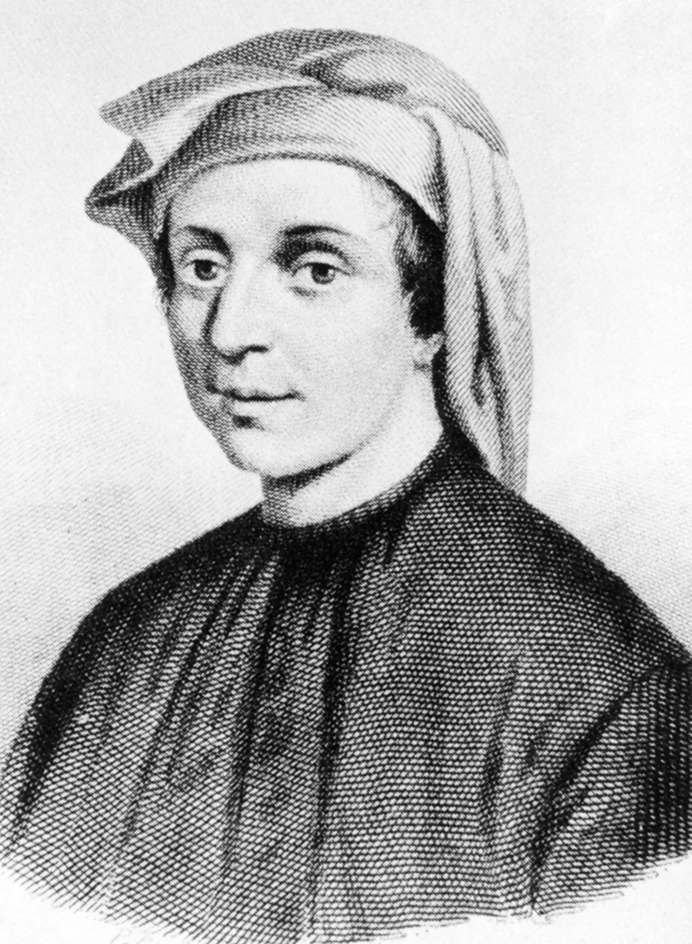Fibonacci, Leonardo << `fee` boh NAHT chee, `lay` oh NAHR doh >> (1170?-?), an Italian mathematician, helped introduce into Western Europe the system of numerals still widely used today. This system—which uses the numerals 0, 1, 2, 3, 4, 5, 6, 7, 8, and 9—is known as the Hindu-Arabic numeral system. Fibonacci was known during his life as Leonardo of Pisa. He was given the nickname Fibonacci sometime after his death.

Around 1192, Fibonacci went to Algeria with his father, a merchant from Pisa. There he learned Arabic and studied the mathematical knowledge of the Islamic world, which in many ways surpassed that of Europe. Later, he traveled to many surrounding countries on business and became convinced that the Hindu-Arabic numeral system was superior to the Roman numeral system then being used in Europe. In 1202, soon after returning to Pisa, he wrote Liber Abbaci, sometimes spelled Liber Abaci and often translated as Book of Calculation. The book explained Hindu-Arabic numerals and Islamic algebra to Europeans.
Around 1220, Fibonacci wrote Practica Geometriae, often translated as The Practice of Geometry. This book started with principles developed by the Greek mathematician Euclid but added new methods of calculating important lengths and areas. It also included one of Europe’s first trigonometry tables, a calculation aid that relates the sides and angles of triangles. His Liber Quadratorum, written in 1225 and often translated as Book of Squares, deals with number theory and the properties of squares, numbers equal to another number multiplied by itself.
Fibonacci is best known today for a famous sequence of numbers—1, 1, 2, 3, 5, 8, 13, and so on—that bears his name. By definition, the first two numbers are 1 and 1. Every other number equals the sum of the two numbers immediately before it. Fibonacci introduced this sequence in Liber Abbaci in a problem involving rabbits, but mathematicians have found use for it in many branches of mathematics. The Fibonacci sequence also appears in nature. The pattern of seeds on a sunflower, for example, follows the Fibonacci sequence.
See also Fibonacci sequence.
